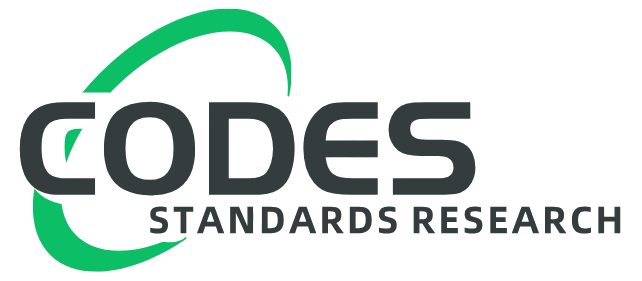Description
A theoretical framework for the effects of colloidal interactions on the attachment efficiency of submicron particles in deep filtration is presented. The framework is formed by combining present and modified theories of particle transport, hydrodynamics, and colloidal stability (DLVO theory). Theoretical computers indicate that the attachment efficiencies are sensitive to the solution chemistry, surface potentials of particles and collectors, and to the particle size of the suspension. Filtration experiments with model particles and collectors in a well-defined system were carried out. The results show that the experimental attachment efficiencies are sensitive to the solution chemistry and to the surface potentials of particles and collectors but not to the large extent predicted by theory. The theoretical dependence of the attachment efficiency of particle size was not confirmed by the experiments. It was also found that the experiment collision efficiencies are orders of magnitude larger than the theoretical values when repulsive double layer interactions predominate. It is concluded that the DLVO theory breaks down when applied to filtration. The DLVO theory is incapable of predicting quantitatively the attachment efficiency in particle filtration. It is most likely that the discrepancies are related to the failure of the DLVO theory to consider dynamics of interaction. Interfacial electrodynamics and the hydrodynamics during collision of particles with collectors in filtration may alter the magnitude of the colloidal interaction forces and hence have a significant effect on the attachment efficiency.
Product Details
- Published:
- 01/01/1990
- ISBN(s):
- 0898675561
- Number of Pages:
- 10
- File Size:
- 1 file
- Note:
- This product is unavailable in Ukraine, Russia, Belarus





